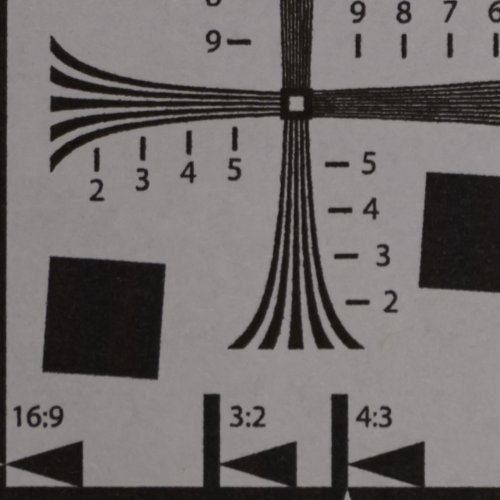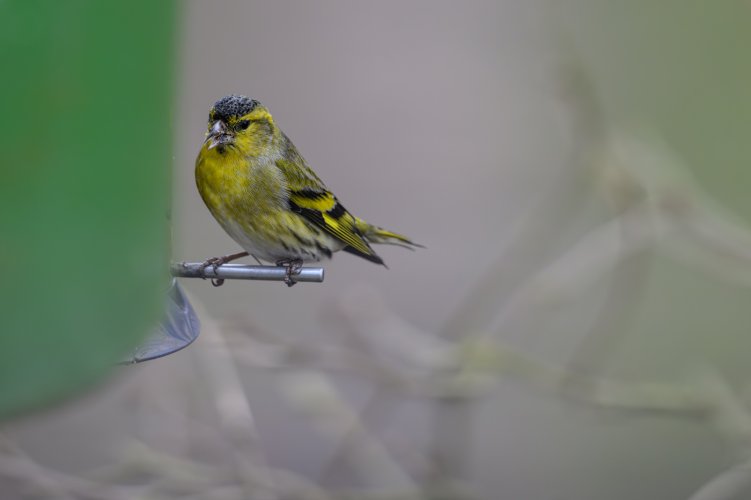Right on.. we have these 45mp sensors, we should be able to crop and enjoy them, right?! I always hear that 300-400 is good for BIF, and then see people posting frame-filling ducks/birds/owls. I never thought to ask/check the image size or how much they cropped, but it'd be interesting to see the workflow from someone who does more BIF.
Anyways, I did some quick tests just now b/w the 186 and 600PF. Did 3 distances (9, 18, 34 yards as measured with my laser rangefinder), with a shot at center and edge of frame for each, compared at 200%. At 9yds, both lenses are comparable in the center, and as we move to the edge the prime is a bit sharper. We already knew this, no surprise there, but here's some interesting info for you: at the 18 and 34yd distance, the 186 is noticeably softer even in the center, and the edges degrade even worse, becoming very soupy at 34 yards. I'd say that it supports your hypothesis that the zoom is losing resolving power as the distance increases.
In summary, this is some of what the $3200 price difference is getting you. How often will this impact your photos, probably rarely to never, and in a vacuum, you’d be perfectly happy with how the 186 performs. After owning both lenses for quite a few months now, seeing the differences for myself is eye-opening, but it won’t in one bit alter my view of the 186.
I get it, jpeg screen grabs uploaded to a non-Pro Flickr account and then posted here aren't going to show the best detail, but hopefully it shows enough of the difference. If one really wants to compare them, you have to do it with the RAW files at home on your system, so anyone wants these files to see for yourself, PM me and I'd be happy get them over to you.
34 yards at the center (600PF on the left, focus is on the eye in all photos):
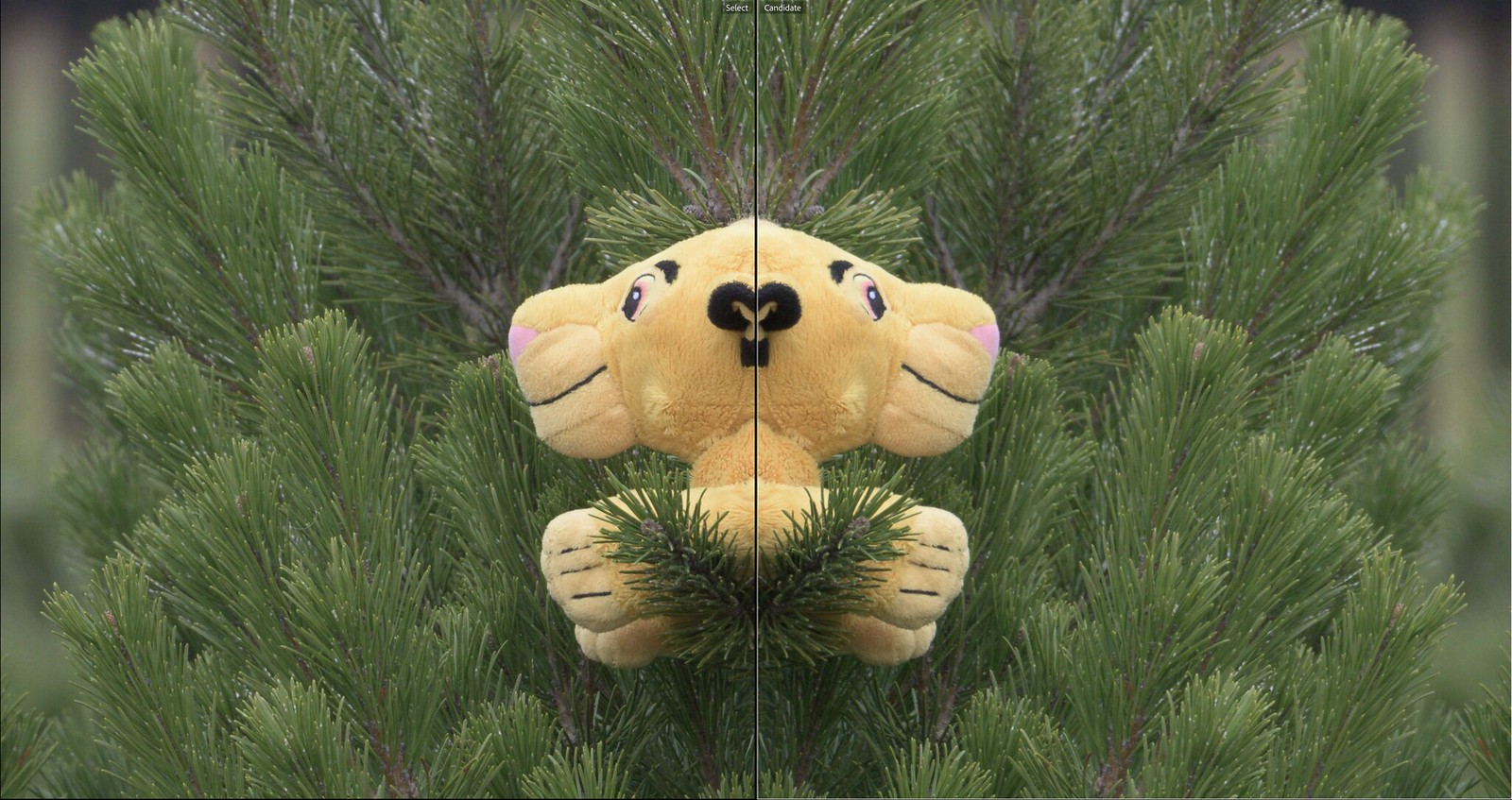 34yd-center
34yd-center by
M K, on Flickr
34 yards at the edge (600PF on the left):
 34yd-edge
34yd-edge by
M K, on Flickr
For fun, here's the comparison shots at 9 yards, again, 600PF on the left:
Center:
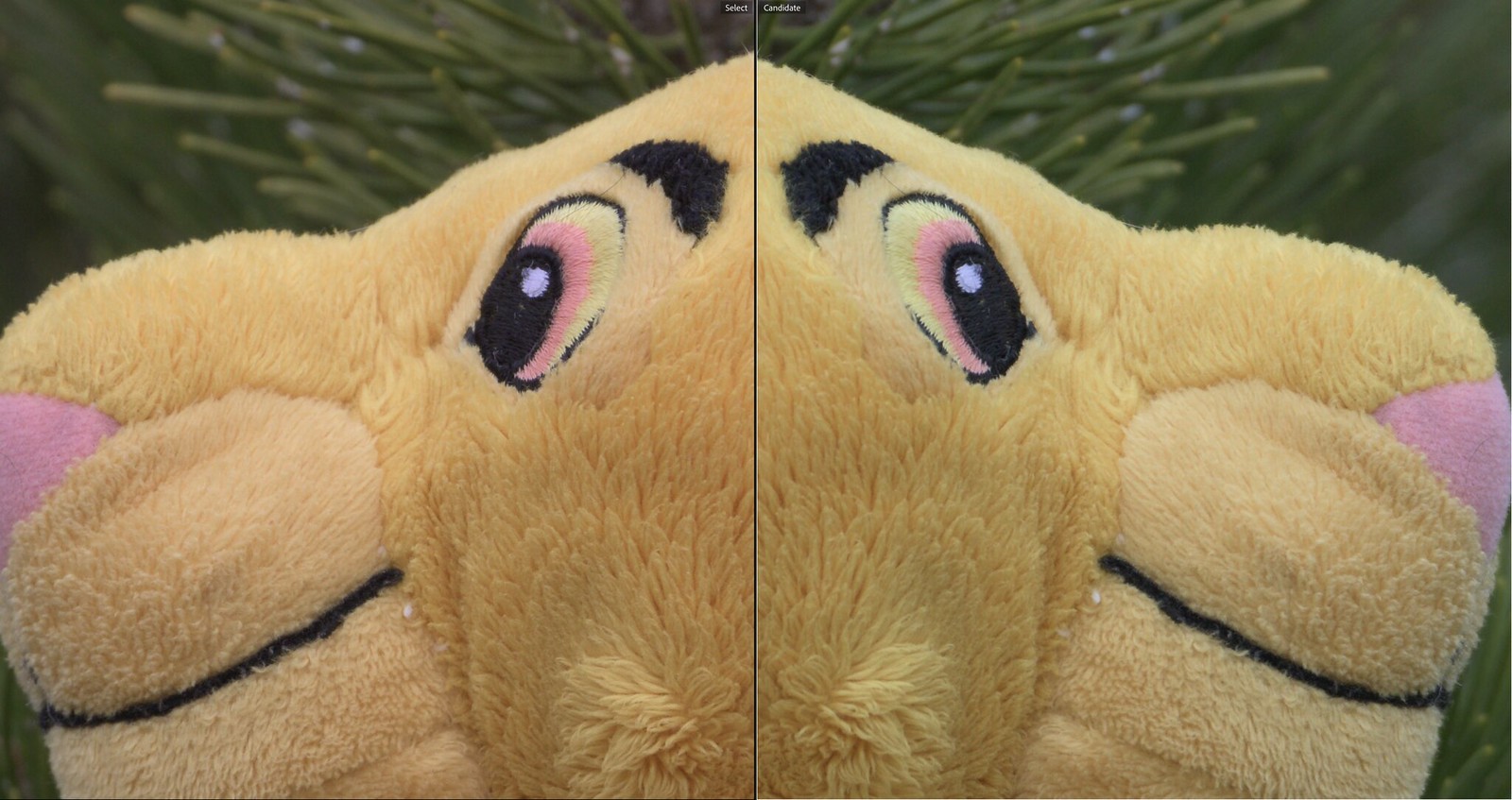 9yd-center
9yd-center by
M K, on Flickr
Edge:
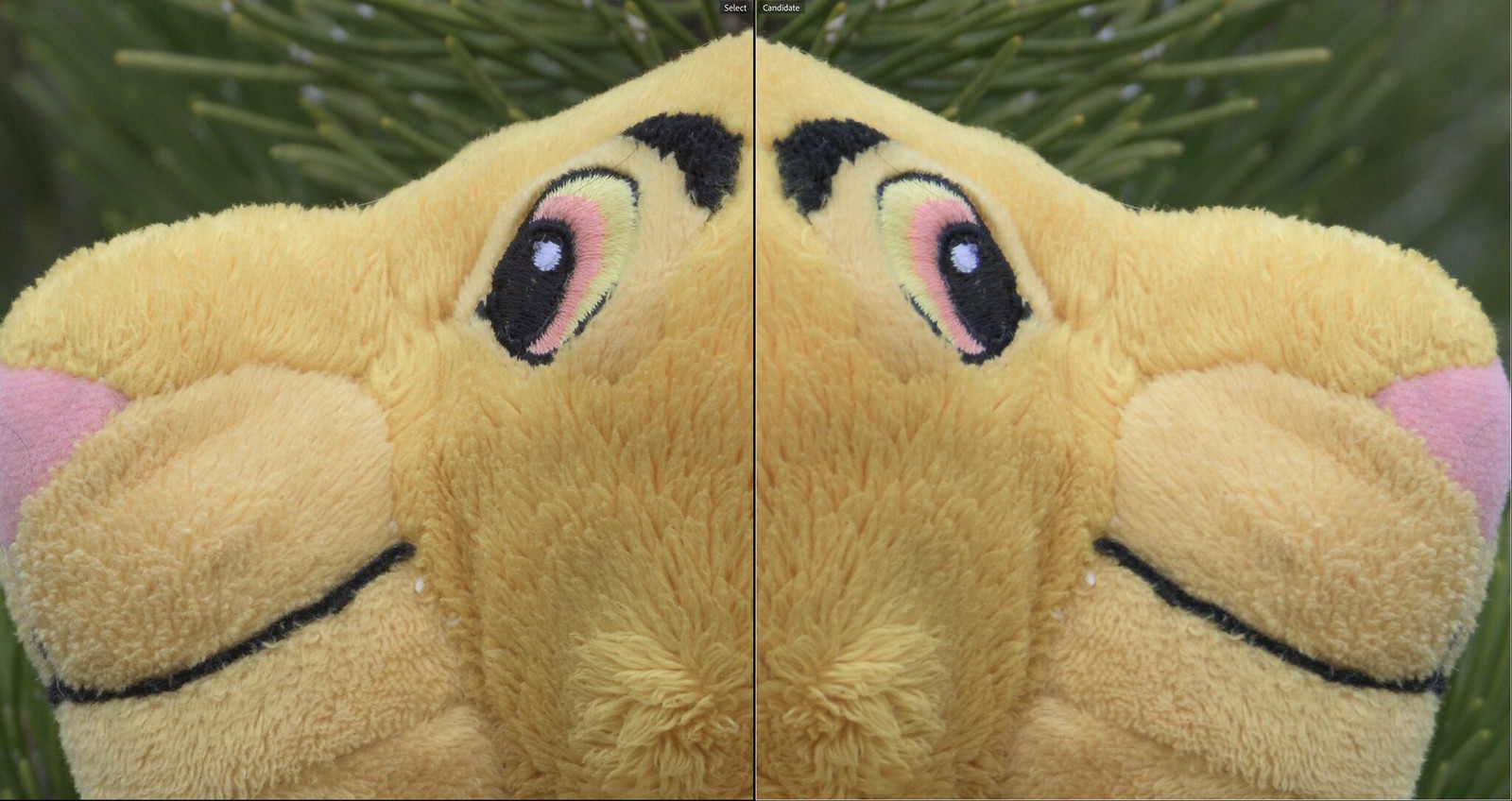 9yd-edge
9yd-edge by
M K, on Flickr


